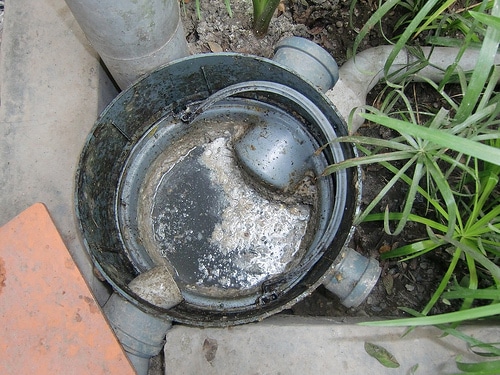This article will cover and services. The FOG (fats, oils, grease) crisis in the United States is getting the better of those who are assigned to resolve it. It seems like the continuing advancement of technology and science is asking for a payment. The number of FOG overflow incidents continues to rise. Many establishments and institutions contribute greatly to this worsening problem. The wastewater produced is being overwhelmed with FOG. This causes effluent backups that lead to health, sanitation, and environmental problems that slow down operations and eat up funding. The FOG situation needs the involvement of everyone, most especially those who own major sources of FOG such as schools.
There are so many schools in the United States and every single one of them has a canteen. The canteens make daily meals and even dishes for special occasions. Every ingredient is either animal or vegetable fat. More students are enrolled each school year and this means that more food has to be made. If there is more food, then there is more FOG to worry about. FOG overflow from schools are in large amounts. This is primarily the reason why they have to follow the grease ordinance. The main goal of the ordinance is to protect the wastewater form FOG. If wastewater is clear of FOG, the sewer lines are safe from clogging and there will be no effluent backups in any part of the country.
School administrators are required to have grease traps installed in their premises. The grease traps or grease interceptors should have permits and should be maintained on a regular basis. The City Sewer Department will conduct their own inspections as well. School grease trap maintenance is an aspect that should be taken seriously. Maintaining the good condition of the grease trap is a daunting task especially with so many activities to be accomplished in school. But it has to be done is FOG overflow is to be prevented.
School grease trap maintenance is done according to schedule. As a standard, grease trap pump outs should be done at least four times every year. But canteens always have a huge wave of students that need a lot of sustenance for their tasks. The hectic school environment may be one of the reasons why grease traps aren’t maintained that well. Part of maintenance is inspection. Regular grease trap inspection should be conducted by in-house employees so that any degree of damage could be immediately repaired. If the grease trap happens to acquire damage during the course of its operation, it should immediately be repaired or replaced because the leaks that result could make the FOG overflow worse.
Additives play a big role in school grease trap maintenance. Purchasing and using the ideal one could make or break the grease trap filtering process. Chemicals and enzymes have often brought more FOG into the wastewater treatment system. This is because they emulsify the FOG and allow it to easily mix into the untreated effluent. Using chemicals and enzymes makes the school administrators believe that the FOG actually disappears when these additives are used, not knowing about the real deal behind them. The most ideal additive is the bacteria-based one. The active ingredients in this type of additive are bacteria, which are all-natural and organic. They have no chemical discharges that pollute the environment. The clean water supply doesn’t become questionable when they are in use.
Bio-augmentation is the process that uses a specific strain of bacteria in breaking down FOG and other contaminants. Bioremediation is the process that makes use of friendly or non-pathogenic bacteria in converting FOG into less harmful substances. When bacteria are used in school grease trap maintenance, the administration could save a lot because the grease trap doesn’t have to be pumped out that often anymore. When bacteria are regularly introduced into the grease trap, FOG will not have time to accumulate as fast. School grease trap maintenance is done right if bacteria and dedication are put into action.
